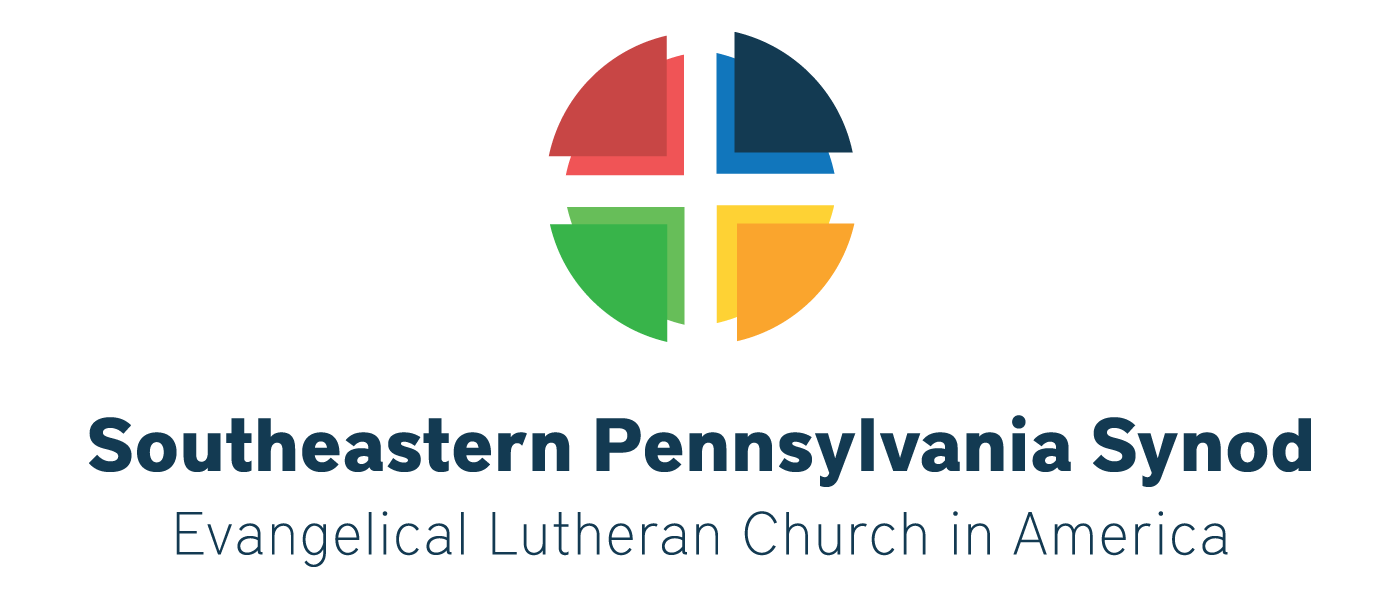May 12, 2015 in 2015 Assembly, Congregations, Vocations and Leadership
Pastoral Transition Process Reviewed
The conversation on the floor of the 2015 Synod Assembly around the Report of the Resolution Task Force on Transitional Ministry was at times both encouraging and tense. A forum, attended by about 60 people later in the afternoon, offered the opportunity for people to discuss the transition process in more detail.
While acknowledging that not every transition is smooth, the task force reported confidence in the current process and recommended ways to increase its effectiveness. Communication is crucial in all phases of the process.
A key resource for congregations during transition is Pastoral Transition: A Guide for Lay Leaders. (https://ministrylink.org/equipping/resources/pastoral-transition-guide/) The guide describes the four phases of the transition and offers resource documents for each of the phases. Congregations are encouraged to carry the transition process through all four phases, continuing with the recommended practices as a new pastor is called and installed, so that the mission and vision the congregation works so hard to create and which forms the connection point between the new pastor and the congregation continues to be intentionally implemented.
The task force emphasized that the transition guide is a guide, not a manual, and that there is a process for the sake of good order — a process that is customized for every congregation.
“Communication is so important. Everybody in the lay leadership needs to be brought in so you don’t feel like what is going on is other people’s decisions,” said Teri Lanan, chair of the Resolution Task Force. She also shared some perspective she would like congregations to remember: “A congregation’s pastoral transition is a journey, like a vacation, time away to look at things, and reflect.”
The synod’s Transitional Ministry Development Team (TMDT) and deans accompany congregations through the pastoral transition. Strengths of the process that emerged from surveys of congregations that had been in transition during the previous two years included calling the right pastor, promoting a clearer vision, strengthening the congregation, and developing leaders.
The four-phase process begins with saying good-bye to the departing pastor and establishing boundaries. In the second phase the congregation assesses its vision and conducts a formal self-study, which leads to submission of a congregational profile to the Office of the Bishop. Next, the call committee receives names of available candidates to interview. This committee recommends a candidate to the congregation council, who may further recommend this pastor to the congregation. The process also includes a follow-through phase in which the new pastor and congregational leaders implement the congregation vision together.
The duration of the transition process is a common frustration expressed by many congregations. The unpredictable element is the length of phase three, the call process. Factors that can affect this phase are many, including the number of congregations seeking pastors and the availability of candidates. From January 2014 through May 2014, 24 congregations called new pastors.
Discussion points include:
Pastor Donna Wright, interim at St. John’s, Melrose Park, spoke about the creativity among her transitional ministry colleagues, the wide variety of approaches, and flexibility intentional interim pastors use to meet congregations in transition.
Pastor Christopher Franz, Advent, West Chester, noted that he felt the document seems to defend the current process.
Pastor Nancy Wiseman of Emmaus Road, Levittown, expressed her feeling that secular processes could be helpful to the church in spite of the task force’s decision not to pursue this input for reasons detailed in the report.
Pastor Don Wright of Immanuel, Burlholme, spoke about what can happen when a congregation rushes to call a new pastor without having an intentional transition process. He noted that some congregations never resolve issues which can sometimes “greatly hamper the next pastor’s possibilities and things fall apart in a smoldering heap.” A congregation that does not have an intentional interim pastor will often find the next pastor it calls becomes an “unintentional interim pastor,” he said.
Pastor Robert Kilby, Spirit and Truth Worship Center, Yeadon, lifted up a difficult transition experience in his congregation many years ago and encouraged the synod to continue to consider ways to help at- risk congregations and multicultural settings, which can be particularly vulnerable during pastoral transitions.
Pastor Chris Widener, St. Luke, Gilbertsville, commended the task force for thorough and insightful work and recommended a recent Alban publication, Transitional Ministry Today. (https://rowman.com/ISBN/9781566997508) .
Retired Pastor Larry Smoose said he was “pleasantly surprised at the amount of flexible models” the TMDT uses as it helps the synod to support congregations in transition. He expressed disappointment that so many of the task force members are also TMDT team members and that more secular models were not considered. He said that throughout the conversation he heard a dedication to the best transitional ministry possible for our congregations and encouraged ongoing dialogue around a “commonly identified purpose.”
Pastor Ben Krey, Prince of Peace, Philadelphia and Dean of the Northeast Conference, thanked Pastor Ellen Meissgeier, Director of Mobility, and Pastor Marcia Bell, Dean of Interim Ministry for “the incredible amount of work they do.” He also expressed surprise that there are no deadlines during the interim process.
Phil Tackett, a lay voting member from St. Peter, Hilltown, which recently went through a transition, discouraged any kind of time constraints. “There are too many variables, too much at stake. Please…no deadlines,” he said.
The bishop closed the conversation with an affirmation that the synod will continue to discern and support “the best and most faithful process for our congregations.”
– Rev. Katherine Cartwright Knodel

